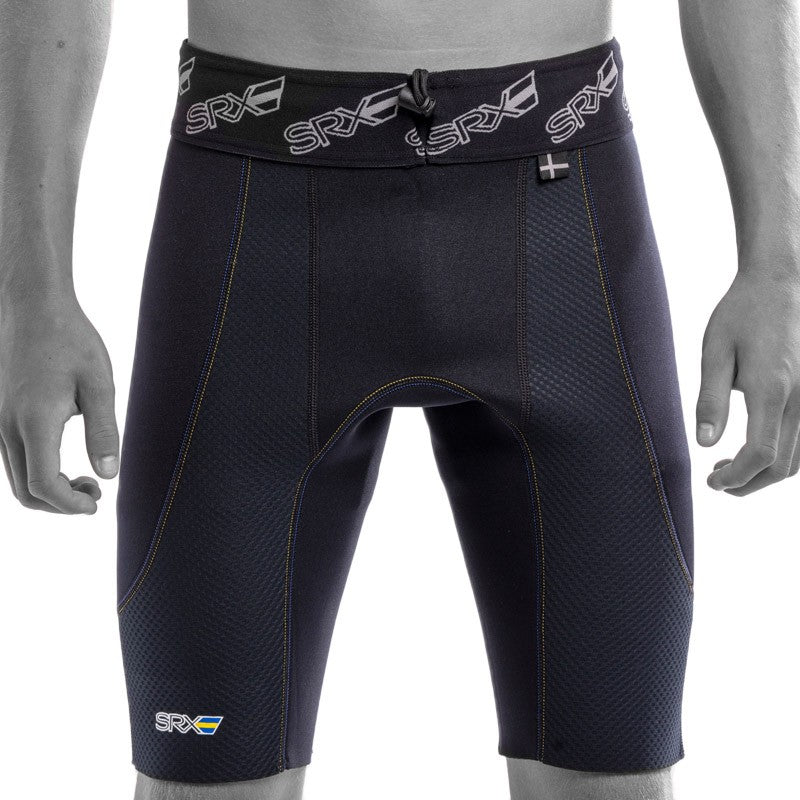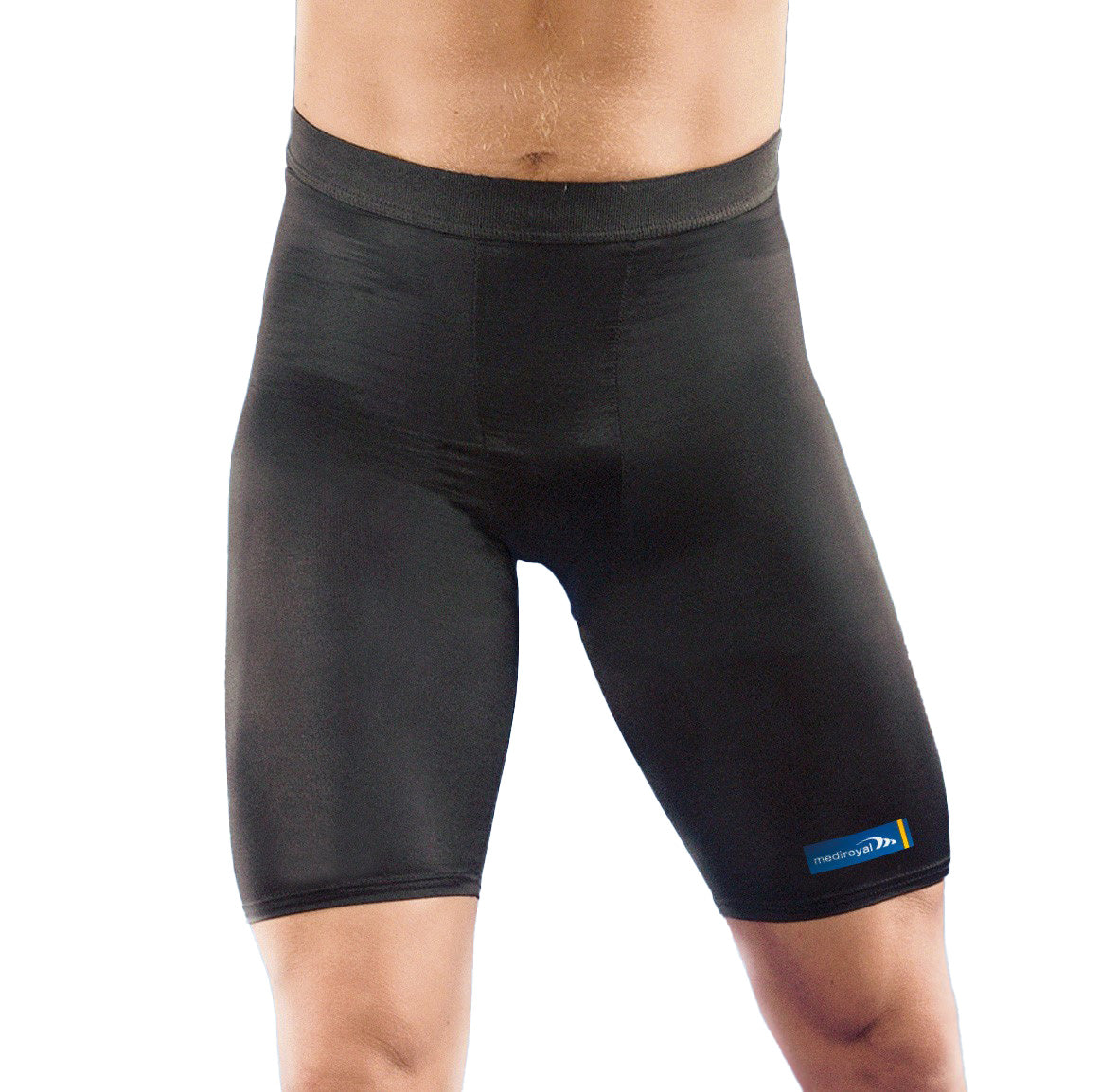Groin pain – causes, symptoms and support for groin pain
Groin pain is a common problem, especially in sports like football where rapid changes of direction and explosive movements put strain on the groin muscles. The problems often arise due to overuse, local inflammation or minor muscle tears.
What is groin pain?
The groin consists of several muscle groups, tendons, and ligaments that together contribute to movements such as bending the hip, bringing the leg inward, and extending the knee joint. When overloaded, small tears and inflammation can occur, leading to pain and stiffness. The problems are common during the colder periods of the year when the cold increases the risk of injury.
Common causes & risk factors
Groin pain is often caused by overuse during sports, especially football and other ball sports. Short rest periods between training and matches, cold weather and insufficient warm-up increase the risk of problems. Severe, stabbing pain with local swelling may indicate a muscle tear or ligament injury and should always be taken seriously.
Symptoms
- Aching or stabbing pain in the groin
- Stiffness or weakness in the area
- Increased pain with strain, especially when changing direction
- In the event of a muscle rupture, swelling and clear local tenderness may occur.
When should you seek medical attention?
If you experience recurring pain that does not improve with rest or if you experience sudden severe pain with swelling, you should contact your healthcare provider.
Recommended protection & support
A warming and compressive groin support helps increase blood circulation, counteract stiffness and reduce pain when straining. Relief and rest are important elements of rehabilitation, especially in the case of inflammation or rupture. For athletes, a pair of warming compression pants combined with a gradual return to training is an effective method to reduce the risk of recurring problems. See all our protection for legs, thighs, calves and groins here.
About Skadeguiden – quick guidance in case of complaints
In our Injury Guide, you will receive clear and easy-to-understand information about common injuries, how they occur, and what symptoms usually occur. You will also receive recommendations on which protection and aids can relieve your discomfort and help you further in your rehabilitation. All information is based on expert knowledge from our licensed physiotherapist.
For more information about leg, calf and thigh problems, you can read more in the Injury Guide Legs, and you can also go to the Injury Guide main page to read about other injuries and symptoms.
Related injuries:
Find the right protection for your needs
There are several ways to find the right product on our website. For a more personalized selection, you can use our filters and sort by injury, body part, or sport. You can also get help from our AI assistant Eir, who is trained on all the content on our website and can help you with product recommendations, fit questions, and order-related concerns – 24/7. If you would rather speak directly to our licensed physiotherapist, Ida, you can reach her via email or phone for personal advice and support in your product selection.


